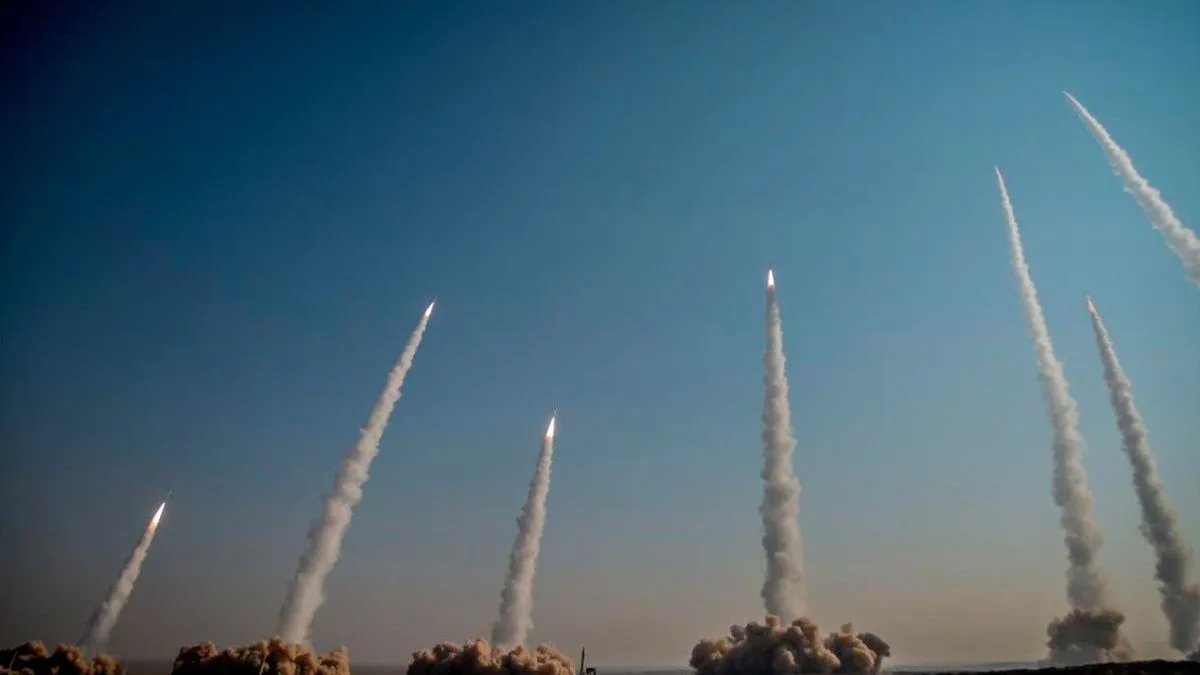
As the conflict between Iran and Israel intensifies, military analysts are left pondering a critical question: Why has Tehran refrained from deploying its most powerful missile capabilities? Despite ongoing airstrikes and a barrage of missiles exchanged between the two nations, reports indicate that Iran maintains a significant portion of its advanced arsenal. This suggests that the current confrontation has yet to reach its zenith.
Iran is known for possessing one of the most extensive and sophisticated missile arsenals in the Middle East, which includes short-, medium-, and long-range systems. These missiles are not merely weapons; they serve as a strategic asset of paramount importance, designed for offensive capabilities that can alter the balance of power in the region.
Among Iran's arsenal, cruise missiles play a pivotal role. These missiles are characterized by their high speeds, low flight paths, and exceptional maneuverability, making them particularly challenging for defense systems to detect and intercept. Their ability to target critical military installations deep within Israel enhances their threat level significantly.
The Khorramshahr-Khyber missile is a notable example, boasting a range of up to 2,000 kilometers. This latest iteration of the Khorramshahr family is engineered to strike strategic targets efficiently, eliminating the need for complex launch setups. Such capabilities make it an essential asset in both pre-emptive and retaliatory operations.
Another significant weapon is the Fattah 2, an advanced hypersonic missile that Iran claims can evade modern air defenses. With an operational range of up to 1,400 kilometers, it poses a constant concern for military strategists, despite skepticism regarding its true capabilities from Western observers.
The Qaseem missile is also crucial, known for its high accuracy and rapid launch capability. This solid-fuel missile enhances the readiness of Iranian forces, enabling them to execute immediate strikes without extensive preparation time.
In naval warfare, the Zolfaqar missile stands out with a range of 700 to 1,000 kilometers, specifically designed to target both military and commercial vessels. This capability makes it a vital component for any strategy aimed at blockading or disrupting maritime supply lines.
Additionally, the Soumar missile, with a range of up to 2,500 kilometers, is notable for its ability to fly at undetectable altitudes. This feature significantly improves its chances of penetrating air defenses and accurately hitting distant targets.
Finally, the Ra'ad missile is lightweight and quick to deploy, making it an ideal choice for surprise attacks, especially in tactical ground warfare scenarios.
Military experts suggest that Iran's reluctance to unleash its missile capabilities may not signify a lack of strength but rather a calculated decision rooted in deterrence strategy. Tehran is acutely aware that using these advanced weapons could escalate tensions into a full-scale war or provoke a broader international response, particularly from the United States.
Moreover, this formidable arsenal could serve as a strategic bargaining chip for the Iranian regime. By holding back, Iran may be positioning itself to exert political and military pressure at a critical juncture, either to strike sensitive targets or to influence negotiations as the conflict progresses.